The 9 Best Aperol Alternatives for a Spritz, According to Bar Pros
Switch up your spritz with these industry-approved options.
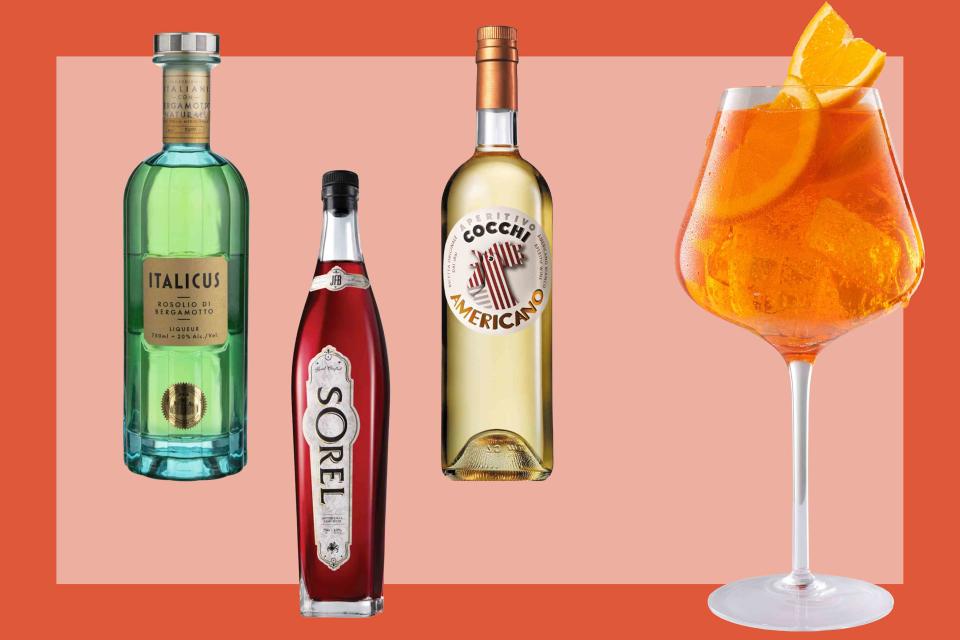
Food & Wine / Italicus Ltd. / Jack From Brooklyn, Inc. / Cocchi / Getty Images
The Aperol Spritz is a globally celebrated cocktail. The recognizable glassful of ice, bubbles, and signature glowing orange hue is regularly spotted around the world, from piazzas in Italy during aperitivo hour to summertime patio bars in Brooklyn.
“Aperol’s charms lie in this incredible harmony of sweet-herbal-citrus with a surprisingly bitter finish,” says Lukas B. Smith, beverage consultant at The Line in Washington D.C.
That said, the spritz is a surprisingly versatile drink, and the aperitivo options apart from Aperol are endless. An Elderflower liqueur will lend a floral herbaceousness to the prosecco-soda combination, while many American alternatives will echo the traditional Italian aperitivo, and a richer amaro will turn a spritz into a cold-weather drink.
Check out the following bottles, and apply them to this easy formula: two parts spirit or liqueur, three parts sparkling wine, and one big splash of fizzy water.
Sorel Artisanal Liqueur
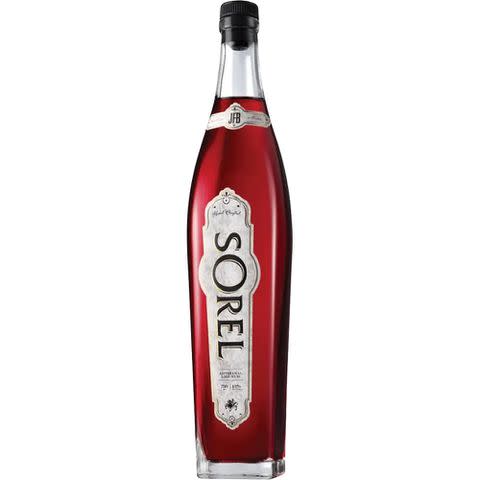
Sorel
"When it comes to crafting the perfect spritz, there's a world of possibilities beyond the classic Aperol,” says Tiffanie Barriere of The Drinking Coach. “One of my favorite swap-outs is Sorel, which brings a unique twist to the table. Its rich blend of flavors, including hibiscus, clove, ginger, and nutmeg, adds a delightful complexity to the spritz.”
Founded by James Beard finalist Jackie Summers, the hibiscus-based Jamaican drink is a modern update on the over 500-year-old drink recipe sipped in households around the island. “The Sorel Spritz is a game-changer, especially for those who appreciate a cocktail with depth and character,” says Barriere. “Its vibrant red hue and aromatic bouquet elevate the traditional spritz, making it a standout choice for any occasion.”
Barriere loves her Sorel Spritz with a splash of grapefruit.
Cocchi Americano
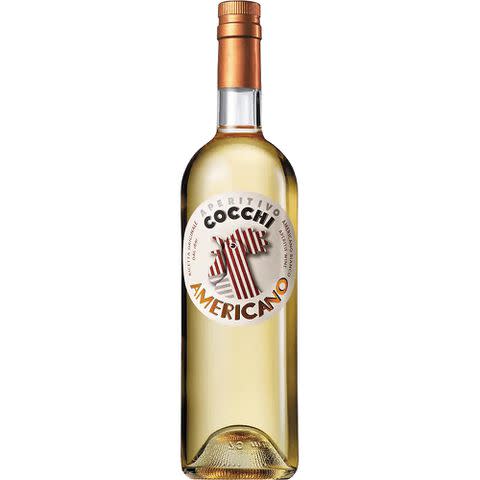
Courtesy of Liquorama
Made in the Piedmont region of Italy, this bold and bitter liqueur is made from white wine fortified with alcohol and then macerated with botanicals, including bitter orange, juniper, rhubarb, cinchona, and gentian. The resulting aperitif is bold with floral, citrus-driven notes of spice and white flowers when used in cocktails.
"Cocchi Americano is a much lighter aperitif made from wine instead of a neutral spirit, which gives it a more nuanced base from the jump,” says Matt Baczor, bar manager of Traveling Mercies, Caroline Glover’s Colorado restaurant. “It’s a little bitter, with significantly less sugar, and a boost of citrus."
Panji Wisrawan, head mixologist at Apéritif Bar in Bali, Indonesia, appreciates Cocchi Amricano because “it’s high in quinine and gentian, which gives the cocktail a pleasant bitterness and floral note,” he says. He serves his Cocchi Spritz with soursop, Genmaicha tea, and soda.
Try Cocchi Americano in a spritz topped with a big grapefruit twist and a squeeze of citrus.
Martini Vibrante Non-Alcoholic Aperitif
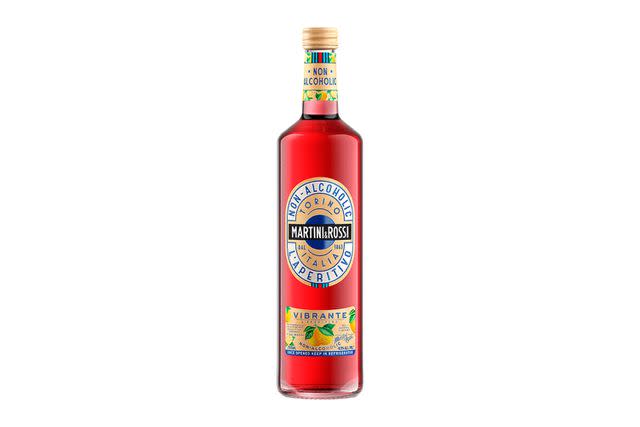
ReserveBar
If you’re cutting back on alcohol, a new crop of low- and no-proof aperitivos do a solid job of standing in for the real thing in a spritz. “In our Jablonski Spritz, we work with French Bloom, a non-alcoholic sparkling wine, and Martini Vibrante, a zero-proof vermouth,” says Simon Sebbah, beverage director at Grand Tour Hospitality (American Bar, Holiday Bar & Saint Theo’s).
The non-alcoholic aperitif is vibrant red and highly fragrant, made by infusing a base spirit with botanicals, including bergamot. The liqueur then undergoes a dealcoholization process which removes the alcohol content but leaves delicate flavors of grapefruit, orange, and sage.
Italicus Rosolio di Bergamotto
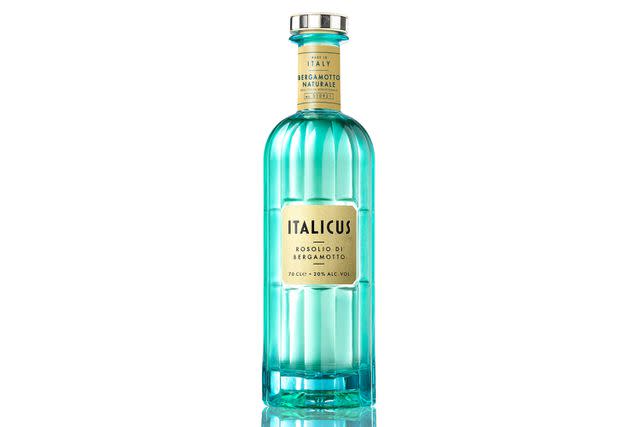
Rosolio Italicus
“There are so many great riffs on an Aperol spritz, the possibilities are endless,” says Benjamin Spinney, bar manager of Post 1917 in Reading, MA. “My favorite is an Italicus Spritz with a super dry sparkling rosé.”
Crafted by Italian barman Giuseppe Gallo, Italicus celebrates the historic ‘Rosolio’ style of coastal aperitivo. Flavored with bright ripe bergamots harvested on the Calabrian coast, the liqueur is hyper-floral and citrus-driven, with notes of orange oil, lavender, chamomile, and rose petal.
Try it in a spritz with a spear of olives, or in your next Negroni variation. Spinney prefers to skip the soda and says, “It’s the European move. Plus, I find the drink gets diluted enough with all the ice.”
Campari
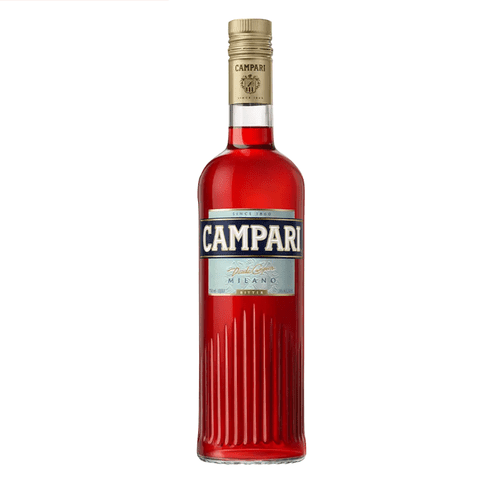
courtesy Total Wine
If your liquor store is fresh out of Aperol, reach for the bottle beside it on the shelf. “Rather than Aperol, try swapping in Campari for your next spritz,” says Wisrawan. “Though it's a bit more bitter than Aperol, I find Campari has a bolder and longer-lasting aftertaste thanks to its higher alcohol content.”
Both brands are owned by the Campari Group and have similar qualities, but each performs somewhat differently in a cocktail. Aperol is slightly sweeter, less bitter, and relatively low-proof at 11% ABV. Campari lets depth and bitterness shine in a higher-octane format (the spirit is 28% ABV).
Spinney points out that this swap has a historical precedence: the Americano. “It’s a great, slept-on spritz which was historically made for Americans visiting Milan,” he says. “As the lore goes, they thought the classic Campari and Soda was too bitter, so a bartender added sweet vermouth to round it out for the tourist, thus the Americano.”
Cappelletti Aperitivo
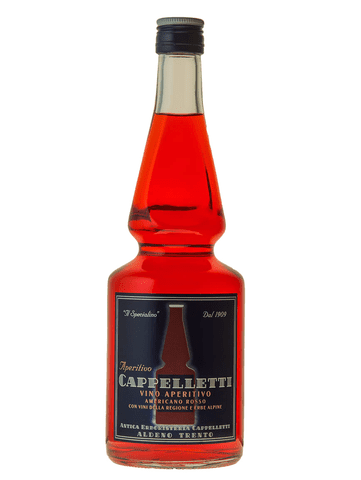
courtesy Wine.com
“If you want to stay in the same lane as Aperol, I would suggest using Cappelletti,” says Gabe Sanchez, cocktail expert at Midnight Rambler in Dallas. “It has the same beautiful crimson color and similar bitterness as Aperol, but it does have a slightly higher ABV. What's a slightly higher alcohol percentage among friends on the patio, really?”
The still-shaped bottle of bitter-herbal Italian liqueur is beautifully versatile. Unlike Campari, which calls for a base of neutral alcohol, Cappelletti starts with a base of Italian wine.
If you’re scant on Champagne, try it with just soda and a slice of citrus. It’s rich, refreshing, and sessionable.
Lillet Blanc
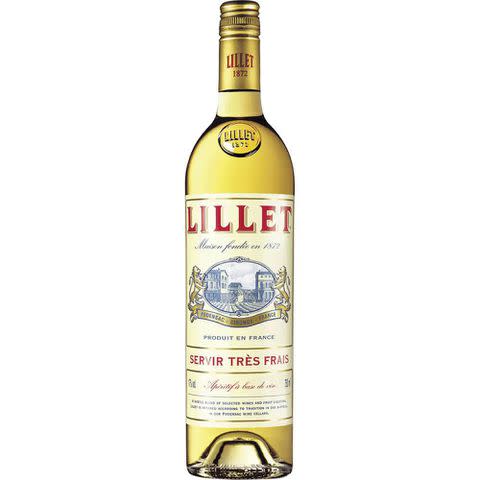
courtesy Total Wine
Sanchez finds that if you want to make a big move away from Aperol, consider Lillet Blanc. “Lillet Blanc is a fortified French aperitif wine made from Sauvignon Blanc and Semillon grapes and the floral, exotic fruit and honeysuckle flavors are perfect in a spritz,” he says. “While it may smell sweeter, it does have a firm, bitter backbone that holds up in a spritz.”
“I love Lillet as a lighter, dryer substitute for Aperol,” says Cedric Nicaise, sommelier and co-owner of New York City’s The Noortwyck. “I make mine with equal parts Lillet and a split of club soda and sparkling wine. Garnish with whatever fruit you have on hand, from summer berries to an orange slice or lemon wheel. This instantly transports me to the south of France.”
St. Agrestis Paradiso Aperitivo
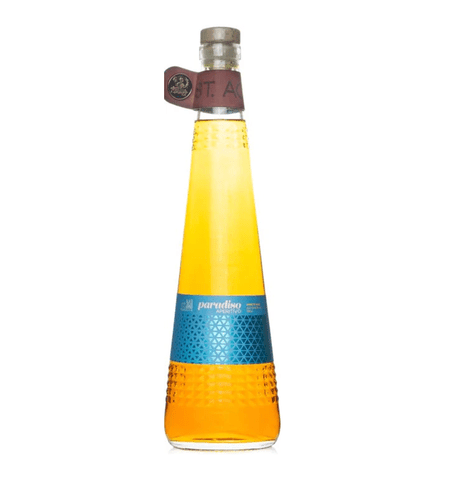
courtesy Wine Chateau
“This is one of my favorite substitutes in an Aperol spritz,” says Marshall Minaya, head bartender at Lolita, Madame George, and Valerie. “It is slightly more bitter, but still has these bright citrus notes that subdue the sweetness. It’s an easy decision to order another round.”
The New York-based producer pulls inspiration from Italian digestivo culture to make an aperitivo designed to shine in a more globe-trotting range of cocktails. The all-natural blend starts with Cortese wine sourced from Piedmont, then macerated with citrus-driven botanicals.
Stuck on what to do with this bottle outside of spritzes? The flavors in St. Agrestis Paradiso Aperitivo lend well to a Margarita or Paper Plane as well.
St-Germain Elderflower Liqueur
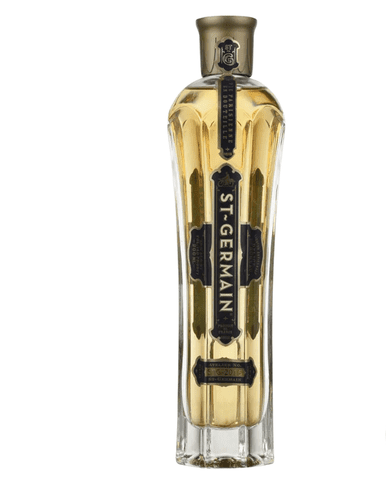
courtesy Total Wine
St-Germain, a French elderflower liqueur, is often known as bartender’s ketchup for its ability to add a certain crowd-pleasing complexity and pop to cocktails. Made on the foothills of the French Alps from elderflowers that only bloom in early spring, the eau de vie-based spirit has notes of white flower, apple, pear, and orange blossom. It’s also the key ingredient in a Hugo Spritz.
“That’s my favorite Aperol Spritz riff,” says Sarah Elizabeth, lead bartender at Hotel Swexan in Dallas, Texas. “It’s a light, refreshing cocktail originating from Northern Italy. It’s typically made with elderflower liqueur, prosecco, sparkling water, fresh mint leaves, and lime wedges. That combination results in a delightful balance of floral sweetness and citrusy brightness.”
Elizabeth also finds that the addition of elderflower adds a delicate sweetness to sparkling wine. “It’s a unique and sophisticated twist,” she adds.
For more Food & Wine news, make sure to sign up for our newsletter!
Read the original article on Food & Wine.

 Yahoo Sport
Yahoo Sport 





































